Another Alsatian destination we explored is Mulhouse (Mülhausen) – a city located between the Vosges Mountains and the Rhine River, the second largest in Alsace after Strasbourg.

The name of the city – “House of the Mill” – comes from an old legend that says that the daughter of a local miller nursed a wounded warrior, and later a beautiful love story developed between them. Their children were called Mulhousians, and hence the name of the locality: Mulhouse.

In 2008, the city received a valuable distinction in France – it was designated “Ville d’Art et d’Histoire” (City of Art and History) – being noted for its historical, architectural and heritage heritage. Although Mulhouse has a turbulent history, having been annexed to both France and Germany, it has managed to retain its medieval charm.

Although originally an industrial city (known for its textile, food, chemical and automotive industries), Mulhouse has meanwhile turned into a museum city.

One of the most famous and visited museums is the Cité de l’Automobile. It is a perfect museum for car lovers (especially the Bugatti brand), with an exhibition space of 25,000 square meters, with a collection of about 520 cars from 98 brands, making it the largest car museum in the world.

The largest Bugatti collection in the world is found here, with 123 cars. They also have a collection of racing cars as well as a collection of “early” cars from the 1900-1920 period. The price of a ticket is €14/person (audio guide included).

Between June 19 and November 3, 2019, they had a special exhibition called “The Incomparable Bugatti” on the occasion of the 110th anniversary of Bugatti – the French car brand founded in 1909 by Ettore Bugatti. Thus, the Cité de l’Automobile paid tribute to the creativity of the Bugatti family with an exhibition that presented spectacular contemporary cars led by the new Bugatti Divo.

Another tourist attraction is the Old Town , which was almost destroyed in the Second World War, but some historical monuments have been preserved.

In the old center is the Place de la Reunion with the Temple Saint-Étienne and the Hotel de Ville.

Temple Saint-Étienne was built in the Neo-Gothic style between 1858 and 1866 and is 97 meters high, making it the tallest Protestant church in France and containing the largest set of bells. Although the cathedral is not very old, inside it there are much older objects, such as the choir stalls that date from 1637 or the stained glass windows that come from the 14th century.

The former town hall of Mulhouse (Hotel de Ville) is a typical Renaissance building dating from 1552. The exterior side is covered with paintings with allegorical images of courage, justice, faith and charity. The building is currently used for ceremonies or council meetings, and the ground floor houses the History Museum and a Tourist Information Centre.

If you arrive in Mulhouse, do not hesitate to visit the Cité du Train (the largest railway museum in Europe and one of the 10 largest museums of its kind in the world, opened in 1964); Ecomusée d’Alsace (an eco-museum presenting Alsatian history and traditions); Le Parc du Petit Prince (amusement park in a story atmosphere inspired by Antoine de Saint-Exupéry: French novelist who wrote “The Little Prince” – one of the most popular books in the world, translated into 110 languages) or Tour du Belvédère (a 20-meter-high observation tower that offers a superb view of the city of Mulhouse and the Vosges Mountains. As the city is located close to the borders of Germany and Switzerland, it is possible to see the Black Forest as well, or if you are lucky and it’s a clear day, you can admire the Swiss Alps).
(Mulhouse – October 2019)

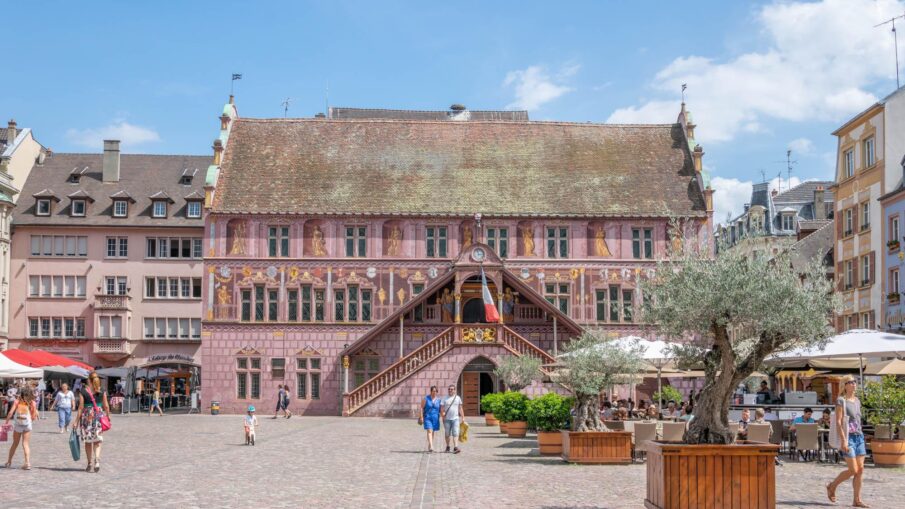


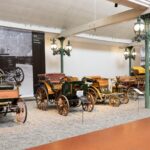

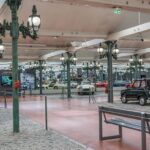

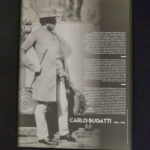

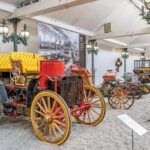




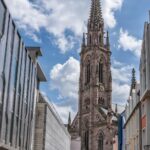
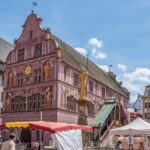
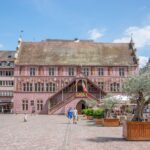

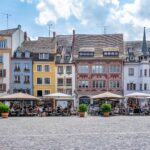


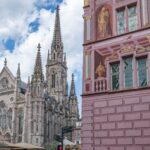
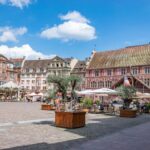
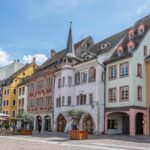
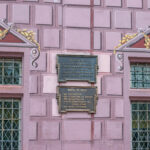
Leave a Reply